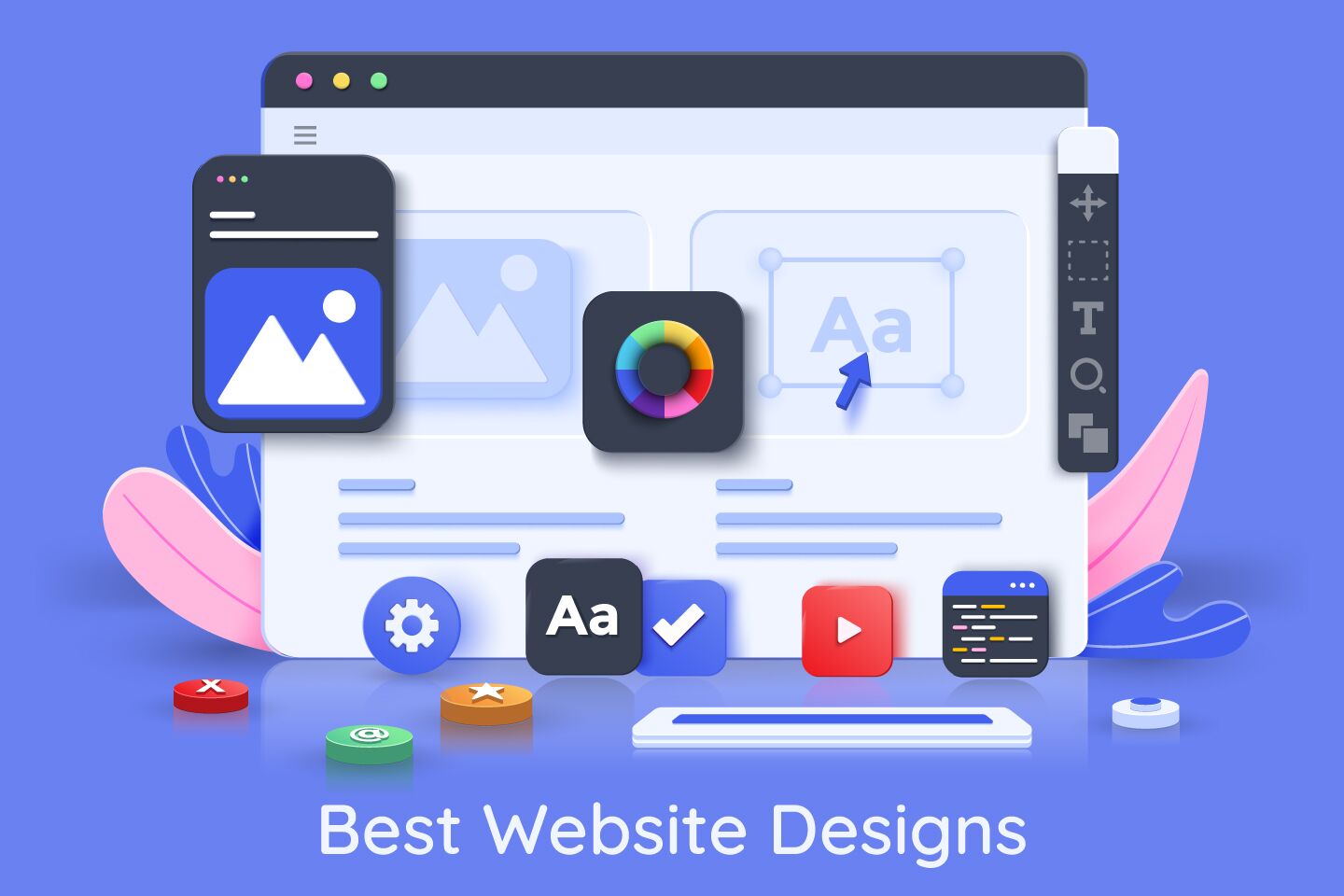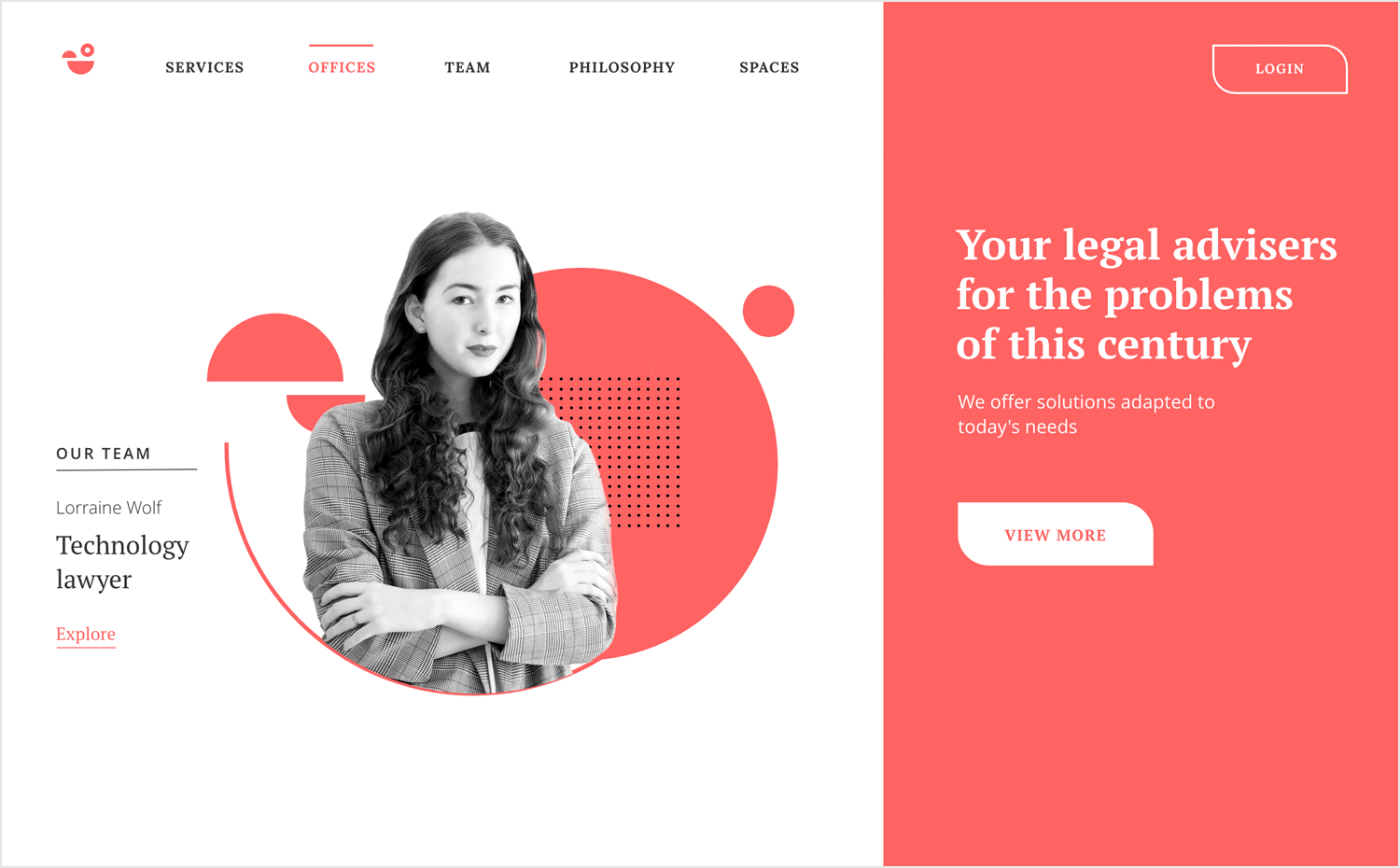The Power of User-Centered Web Site Style in Expanding Your Online Audience
In an increasingly affordable electronic landscape, the relevance of user-centered website layout can not be overemphasized. By concentrating on the needs and habits of users, companies can develop internet sites that not only attract but additionally engage a varied audience. Reliable layout principles-- such as user-friendly navigating and accessibility-- are necessary in promoting individual complete satisfaction and loyalty. Understanding just how to utilize these principles successfully raises critical concerns about application and impact. What strategies can companies adopt to guarantee their designs reverberate with users and eventually drive development?

Recognizing User-Centered Style
User-Centered Design (UCD) is an essential approach to site advancement that prioritizes the requirements, preferences, and habits of end customers throughout the style process. This method stresses comprehending customers deeply-- with study techniques such as meetings, studies, and functionality screening-- to create a website that reverberates with them. By incorporating individual comments at every phase, developers can make certain that the last item aligns carefully with user expectations.
UCD advertises iterative layout, where prototypes are examined and refined based upon customer interactions and experiences. This cycle not only enhances use but additionally promotes a feeling of possession amongst users, as they feel their input is valued and impactful. Furthermore, UCD helps determine potential obstacles and discomfort points in the user journey, permitting designers to attend to these difficulties proactively.
Inevitably, embracing UCD results in websites that are much more user-friendly, appealing, and reliable. By positioning users at the center of the style process, companies can develop electronic experiences that not only attract but likewise maintain their target market, driving better contentment and commitment. In an affordable on the internet landscape, this strategy is essential for achieving sustained success.
Key Concepts of Customer Experience
An effective customer experience (UX) depends upon numerous vital concepts that lead the layout procedure and improve interaction between individuals and the site. Functionality is critical; the internet site has to be intuitive, allowing individuals to browse conveniently and discover information rapidly. This consists of clear labeling and a sensible structure that reduces cognitive load.
Secondly, access plays a critical duty in making certain that all customers, no matter their specials needs or capabilities, can properly engage with the website. Including alt text for pictures, key-board navigation, and display visitor compatibility promotes inclusivity.
Uniformity is an additional essential concept. A cohesive style language, from shade plans to typography, assists users develop knowledge and count on with the site (Website Design). It additionally reinforces brand name identification
Additionally, feedback mechanisms are vital. Individuals need to receive instant and clear feedbacks to their actions, whether with aesthetic cues or verification messages, which improves their self-confidence in browsing the site.
Last but not least, mobile responsiveness can not be forgotten. With a boosting variety of customers accessing web sites by means of mobile gadgets, a style that adjusts flawlessly to various display sizes is vital for preserving a positive user experience.

Benefits for Online Involvement
Efficient online engagement provides numerous benefits that can significantly boost a website's general performance - Website Design. By fostering purposeful communications in between users and the internet site, companies can grow a dedicated target market that returns with consistency. Involved individuals are much more most likely to share web content, consequently raising natural reach and bring in brand-new visitors via word-of-mouth promotion
Enhanced online interaction also brings about improved customer complete satisfaction. When individuals find a web site that reverberates with their needs, they are extra likely to discover its offerings why not check here completely, which can result in higher conversion rates. Additionally, interesting material urges users to invest more time on the website, minimizing bounce prices and favorably influencing internet search engine ranking formulas.
In addition, effective engagement gives important understandings right into customer preferences and habits (Website Design). By evaluating user communications, organizations can customize their content and layout methods to meet the evolving expectations of their audience. This adaptive approach not just enhances interaction yet additionally enhances the brand's track record as receptive and user-centric
Inevitably, focusing on on-line engagement with user-centered style creates a growing environment where both the target market and the organization advantage, resulting in continual development and success in the digital landscape.

Techniques for Reliable Design
To maximize the benefits of online involvement, employing details strategies in web site design is vital. First, intuitive navigating is crucial; customers should conveniently locate information without confusion. A well-structured menu, clear labels, and a sensible hierarchy improve the individual experience and decrease bounce rates.
2nd, responsive style is vital in today's multi-device setting. Ensuring that a web site adjusts perfectly to different screen sizes promotes availability, therefore fitting a wider audience. This adaptability not only enhances user satisfaction yet also favorably impacts online search engine rankings.
Third, the use of aesthetic power structure guides customers' interest to essential aspects, such as phone call to action (CTAs) Employing contrasting shades, varying font dimensions, and critical spacing can effectively route individuals toward preferred activities, assisting in greater interaction.
In addition, executing consistent branding throughout all pages builds depend on and recognition. A natural shade plan, images, and typography enhance brand identity and produce a professional appearance.
Lastly, optimizing loading speeds is important. Customers are much less most likely to involve with a slow-loading website, making performance optimization a critical facet of effective style. By integrating these techniques, website makers can boost individual experience and inevitably grow their on the internet target market.
Real-World Success Stories
Success tales in user-centered site layout show the concrete find out here benefits of focusing on customer experience. One significant instance is the redesign of the web site for the nonprofit company, Charity: Water. By including individual feedback, the organization structured navigation and stressed narration through impactful visuals. Because of this, they experienced a 250% rise in on the internet contributions, demonstrating how an instinctive layout can drive customer interaction and assistance.
Another compelling instance is that of Airbnb, which utilized user-centered layout principles to enhance their reservation process. By simplifying the individual trip and integrating customized recommendations, they considerably lowered website abandonment prices. This emphasis on user experience contributed to an income growth of over 70% in a single year, underscoring the relationship in between properly designed user interfaces and financial success.
Moreover, the shopping giant, ASOS, executed customer screening to improve their mobile app. By dealing with advice individual pain points, they accomplished an impressive 30% increase in mobile sales. These examples highlight that investing in user-centered style not only improves customer contentment but likewise drives concrete service outcomes, strengthening the important role of customer experience in achieving on the internet growth.
Final Thought
By prioritizing customer requirements and preferences, organizations can produce accessible and user-friendly digital experiences that cultivate commitment and drive conversions. The combination of individual feedback throughout the layout process not just lowers bounce rates however additionally urges exploration.
User-Centered Layout (UCD) is a basic approach to internet site development that prioritizes the demands, choices, and behaviors of end individuals throughout the style procedure. By integrating individual responses at every stage, designers can ensure that the last item aligns closely with user assumptions.
An effective customer experience (UX) hinges on a number of essential concepts that assist the layout procedure and improve interaction between customers and the web site.Success tales in user-centered site design show the concrete benefits of focusing on user experience. These instances highlight that investing in user-centered design not only boosts user complete satisfaction but additionally drives tangible company results, strengthening the essential duty of individual experience in accomplishing on-line development.